Shiitake mushrooms are culinary treasures that add depth, umami flavor, and impressive nutritional benefits to countless dishes. Whether you're a seasoned chef or a curious home cook looking to expand your ingredient repertoire, learning how to properly prepare shiitake mushrooms can elevate your cooking to new heights. This comprehensive guide will walk you through everything you need to know about selecting, cleaning, storing, and cooking shiitake mushrooms to perfection.
Understanding Shiitake Mushrooms
Shiitake mushrooms (Lentinula edodes) have been cultivated in East Asia for over 1,000 years, originating in China and Japan where they grow naturally on fallen hardwood trees. Their name comes from the Japanese words "shii" (the tree they commonly grow on) and "take" (mushroom).
These distinctive mushrooms are characterized by their tan to dark brown umbrella-shaped caps that typically measure 2-4 inches in diameter, with cream-colored gills underneath. They have a meaty texture and a rich, earthy, umami flavor that intensifies when dried.

Nutritional Benefits of Shiitake Mushrooms
Before diving into preparation techniques, it's worth understanding why shiitake mushrooms deserve a place in your kitchen beyond their delicious flavor.
Shiitake mushrooms are nutritional powerhouses, offering:
- Low calorie content: One cup of cooked shiitake mushrooms contains only about 81 calories
- Complete protein: They contain all nine essential amino acids
- Rich in vitamins: Particularly B vitamins and vitamin D (especially when exposed to sunlight)
- Mineral-dense: High in copper (72% of daily recommended intake in just half a cup), selenium, and potassium
- Dietary fiber: Supports digestive health and helps maintain healthy cholesterol levels
- Immune-boosting compounds: Contains beta-glucans and lentinan that support immune function
- Heart-healthy properties: Contains eritadenine, which may help reduce cholesterol levels
Selecting Fresh Shiitake Mushrooms
The quality of your dish begins with selecting the best shiitake mushrooms. Here's what to look for when shopping:
Appearance
- Choose mushrooms with firm, plump caps that are smooth in texture
- Look for caps that are slightly curved downward at the edges (indicates freshness)
- Avoid mushrooms with wrinkled or slippery caps, which indicate age or poor quality
- Seek out caps with a rich brown color, avoiding those with dark wet spots or discoloration
Aroma
- Fresh shiitake mushrooms should have an earthy, pleasant scent
- Avoid mushrooms with a sour or ammonia-like smell, which indicates spoilage
Stems
- The stems should feel firm to the touch
- While shiitake stems are often removed before cooking due to their tough texture, their condition can indicate the mushroom's overall freshness

Choosing Between Fresh and Dried Shiitake
Shiitake mushrooms are available in both fresh and dried forms, each with its own advantages:
Fresh Shiitake
- Milder flavor: Fresh shiitakes have a more subtle taste
- Better texture for certain dishes: Ideal for stir-fries, grilling, and dishes where texture is important
- Quick to prepare: No rehydration needed
- Shorter shelf life: Typically last up to one week in the refrigerator
Dried Shiitake
- More intense flavor: The drying process concentrates the umami taste
- Longer shelf life: Can be stored for months to years
- Versatile: Excellent for soups, stews, and sauces
- Creates flavorful broth: The soaking liquid becomes a rich stock base
- Requires preparation: Needs to be rehydrated before use
Cleaning and Preparing Fresh Shiitake Mushrooms
Proper cleaning is essential for removing dirt while preserving flavor and texture.
Step 1: Stem Removal
- Hold the mushroom cap in one hand
- Grasp the stem firmly at the base where it meets the cap
- Gently twist and pull the stem from the cap
- Don't discard the stems - save them for making stocks or broths
Step 2: Cleaning the Caps
There are two main methods for cleaning shiitake mushrooms:
Method 1: Dry Cleaning (Preferred)
- Use a soft mushroom brush, clean kitchen towel, or paper towel
- Gently wipe each cap to remove any visible dirt or debris
- Pay special attention to the gill area underneath the cap
This method is preferred because mushrooms are highly porous and can absorb water, which may dilute their flavor and affect their texture when cooked.
Method 2: Quick Rinse
If mushrooms are particularly dirty, you can give them a very brief rinse:
- Place mushrooms in a colander
- Run cold water over them for just a few seconds
- Immediately pat dry thoroughly with paper towels or a clean kitchen towel
- Never soak mushrooms in water as they'll absorb too much moisture
Step 3: Cutting and Preparing
Depending on your recipe, you can:
- Leave whole: Small caps can be left intact for roasting or grilling
- Quarter: Medium caps can be cut into quarters for stir-fries or sautés
- Slice: Cut into thin or thick slices (depending on recipe) for most applications
- Dice: Cut into small cubes for incorporating into stuffing or fillings
Rehydrating Dried Shiitake Mushrooms
Dried shiitake mushrooms need to be rehydrated before cooking. The process is simple but requires some time.
Standard Rehydration Method
- Place mushrooms in a bowl: Use a bowl large enough to allow the mushrooms to expand
- Add warm water: Cover completely with warm (not boiling) water
- Weigh down if necessary: Place a small plate on top to keep mushrooms submerged
- Soak time: Allow to soak for 20-30 minutes for thin pieces, or up to several hours for thicker mushrooms
- Check for softness: They should be completely soft and pliable
- Drain but save the liquid: The soaking liquid is packed with flavor and can be used in soups, sauces, or as a stock base
- Rinse if needed: A quick rinse can remove any remaining grit
- Remove stems: The stems of rehydrated shiitakes remain tough and are typically removed
- Squeeze gently: Remove excess water before cooking
Quick Rehydration Method (When Time is Limited)
- Place mushrooms in a heatproof bowl
- Pour boiling water over them
- Let soak for 15-20 minutes
- Proceed as with the standard method
Note: The quick method yields slightly less flavor development, but works when you're short on time.
Storing Shiitake Mushrooms
Proper storage extends the life of your mushrooms and preserves their quality.
Fresh Shiitake
- Paper bag method: Store in a paper bag in the refrigerator (never in plastic, which traps moisture)
- Alternative: Place in a container lined with paper towels and cover loosely
- Shelf life: Fresh shiitake typically last 7-10 days when properly stored
- Location: Store in the main compartment of the refrigerator, not the crisper drawer
Dried Shiitake
- Airtight container: Store in a sealed container away from moisture
- Location options: Keep in a cool, dark pantry or in the refrigerator for extended storage
- Shelf life: When properly stored, dried shiitakes can last 6-12 months at room temperature, or up to 2 years in the refrigerator
Cooked Shiitake
- Airtight container: Store in a sealed container in the refrigerator
- Shelf life: Use within 3-5 days
- Freezing option: Cooked shiitake can be frozen for up to 3 months

Cooking Methods for Shiitake Mushrooms
Shiitake mushrooms are incredibly versatile and can be prepared using various cooking techniques.
Sautéing
Sautéing is one of the most popular methods for cooking shiitake mushrooms:
- Heat a pan over medium-high heat
- Add a small amount of oil or butter
- Once hot, add prepared mushrooms in a single layer (avoid overcrowding)
- Let them cook undisturbed for 3-5 minutes until golden on one side
- Stir or flip and continue cooking until golden all over and tender
- Season with salt and pepper toward the end of cooking
Pro tip: For maximum flavor development, let mushrooms cook without stirring initially to allow them to caramelize properly.
Roasting
Roasting brings out the deep, earthy flavors of shiitake:
- Preheat oven to 400°F (200°C)
- Toss prepared mushrooms with olive oil, salt, and any desired herbs
- Spread in a single layer on a baking sheet
- Roast for 15-20 minutes, stirring halfway through
- They're done when golden brown and slightly crisp at the edges
Grilling
Grilling imparts a smoky flavor that complements shiitake's natural earthiness:
- Prepare a medium-hot grill
- Toss whole or halved caps with oil and seasonings
- Place mushrooms on the grill, cap side down first
- Grill for 3-4 minutes per side until grill marks appear and mushrooms are tender
Braising
Braising is perfect for incorporating shiitake into soups, stews, and sauces:
- Sauté mushrooms briefly to develop color
- Add liquid (broth, wine, soy sauce, etc.)
- Simmer gently until tender and flavors meld
- For dried and rehydrated shiitake, use the soaking liquid as part of the braising liquid
Stir-frying
The quick, high-heat cooking of stir-frying preserves texture and fresh flavor:
- Heat a wok or large pan over high heat
- Add a small amount of high-heat oil
- Add shiitake and stir-fry for 2-3 minutes until they begin to brown
- Add additional ingredients according to recipe
- Continue cooking until mushrooms are tender
Creative Culinary Uses for Shiitake Mushrooms
Beyond basic cooking methods, shiitake mushrooms can be used in numerous creative ways:
Shiitake Bacon
Transform shiitake into a savory bacon substitute:
- Slice caps thinly
- Toss with olive oil, salt, smoked paprika, and a touch of maple syrup
- Bake at 350°F (175°C) for 20-30 minutes, stirring occasionally, until crispy
- Use as a topping for salads, soups, or as a meat alternative
Shiitake Powder
Create an umami-rich seasoning:
- Dry fresh shiitake in a food dehydrator or low-temperature oven
- Once completely dry, grind in a spice grinder or blender
- Use as a seasoning for soups, stews, marinades, or rubs
Shiitake Dashi
Make a flavorful vegetarian broth:
- Soak dried shiitake in cold water overnight
- Strain and use the liquid as a base for soups or sauces
- For enhanced flavor, add kombu (dried kelp) during soaking
Stuffed Shiitake Caps
Use larger caps as vessels for flavorful fillings:
- Remove stems and clean caps
- Fill with a mixture of herbs, cheese, breadcrumbs, and garlic
- Bake until tender and filling is golden
Common Mistakes to Avoid
Even experienced cooks sometimes make these errors when preparing shiitake mushrooms:
Overcrowding the Pan
Problem: Mushrooms release moisture when cooked. If the pan is too crowded, they'll steam instead of browning.
Solution: Cook in batches if necessary and use a pan large enough to allow space between pieces.
Adding Salt Too Early
Problem: Salt draws out moisture from mushrooms, which can prevent proper browning.
Solution: Add salt toward the end of cooking after mushrooms have developed some color.
Soaking Fresh Mushrooms
Problem: Mushrooms absorb water quickly, which dilutes flavor and affects texture.
Solution: Clean with a dry brush or cloth instead of soaking or washing extensively.
Discarding Stems and Soaking Liquid
Problem: Throwing away flavorful parts of the mushroom.
Solution: Save stems for stocks and broths, and use soaking liquid from dried shiitake as a flavor base.
Not Cooking Long Enough
Problem: Undercooked shiitake can be chewy and less flavorful.
Solution: Cook until golden brown and tender, allowing enough time for flavors to develop.
Pairing Shiitake with Other Ingredients
Shiitake mushrooms pair beautifully with many ingredients. Here are some classic combinations:
Asian Flavors
- Soy sauce and ginger
- Sesame oil and scallions
- Miso and rice vinegar
- Mirin and dashi
Herbs and Aromatics
- Garlic and thyme
- Rosemary and sage
- Parsley and chives
- Shallots and white wine
Main Dishes
- Rice and noodle dishes
- Grilled or roasted meats
- Tofu and other plant proteins
- Risotto and other grain dishes
Health Considerations
While shiitake mushrooms are nutritious and generally safe, there are a few health considerations to keep in mind:
Shiitake Dermatitis
Some people may experience a reaction called "shiitake dermatitis" when consuming raw or undercooked shiitake mushrooms. This condition causes a rash due to a compound called lentinan. To avoid this, always thoroughly cook shiitake mushrooms.
Allergies
As with any food, some individuals may be allergic to shiitake mushrooms. If you experience any adverse reactions after consumption, discontinue use and consult a healthcare provider.
Interactions
Shiitake mushrooms may interact with certain medications. If you're on prescription medications or have health concerns, it's advisable to consult with a healthcare provider.
Conclusion
Mastering the art of preparing shiitake mushrooms opens up a world of culinary possibilities. Their versatility, unique flavor profile, and impressive nutritional benefits make them worth the effort to understand and incorporate into your cooking repertoire.
Whether you're sautéing them as a simple side dish, incorporating them into complex Asian recipes, or exploring creative uses like shiitake "bacon," these magnificent mushrooms are sure to elevate your dishes. By following the guidelines in this comprehensive guide, you'll be well on your way to preparing shiitake mushrooms that are consistently delicious and perfectly cooked.
Remember that cooking is both a science and an art—so don't be afraid to experiment with different techniques and flavor combinations once you've mastered the basics of shiitake preparation. Your taste buds (and dinner guests) will thank you for the delicious umami-rich experience that only properly prepared shiitake mushrooms can provide.

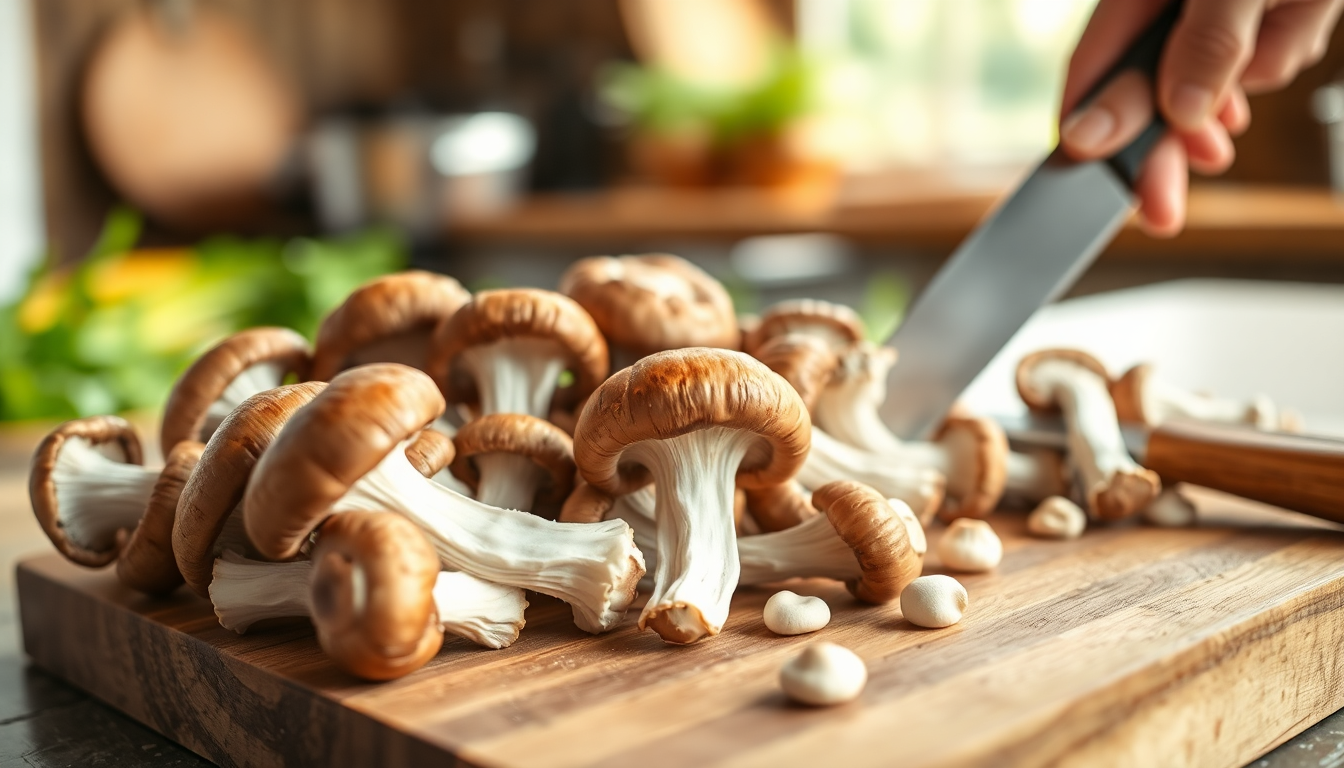
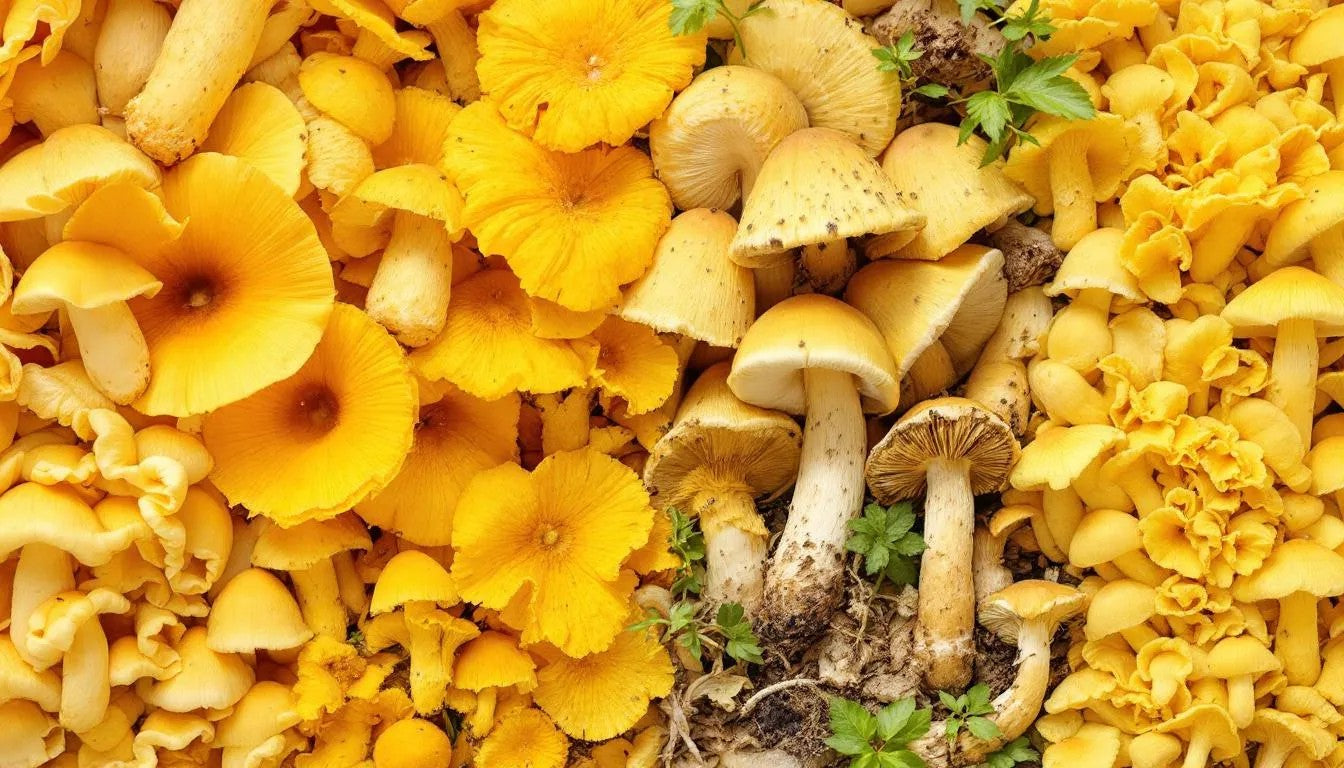
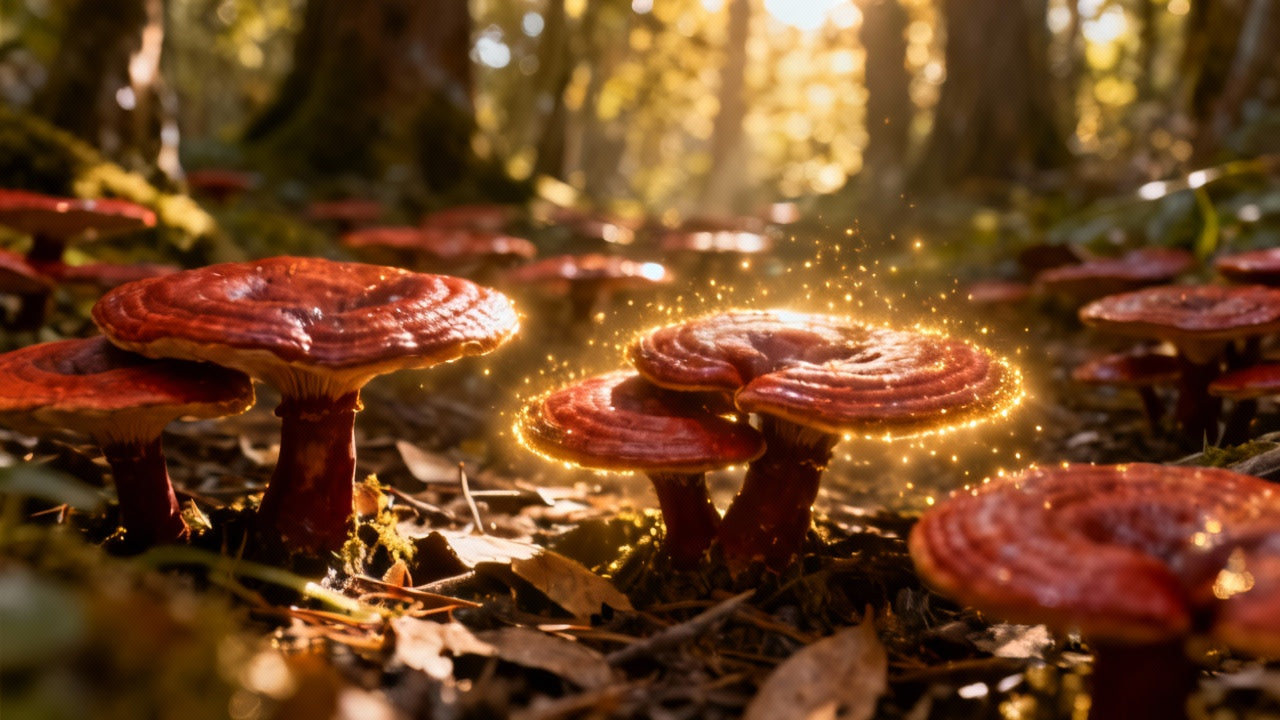
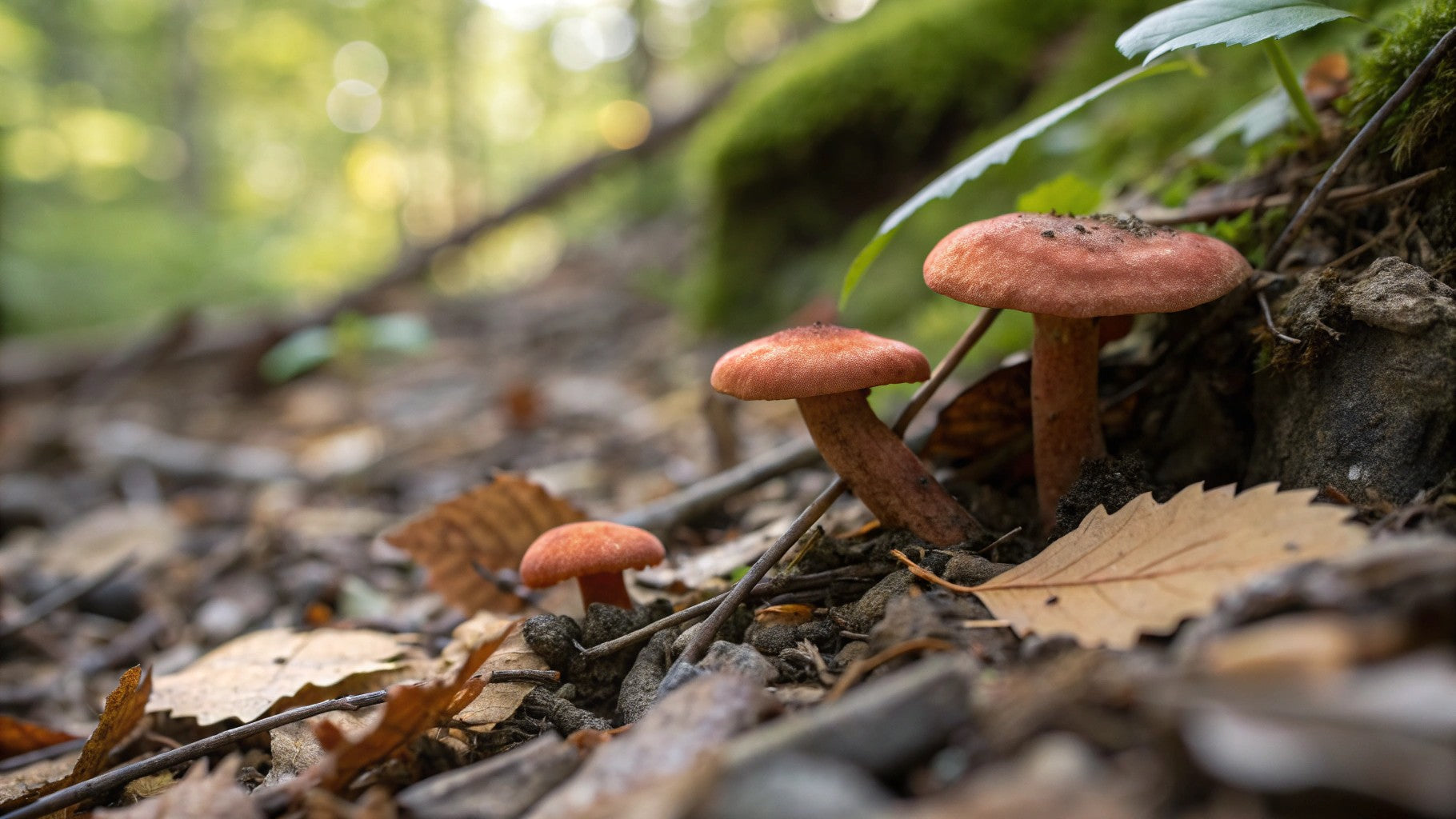
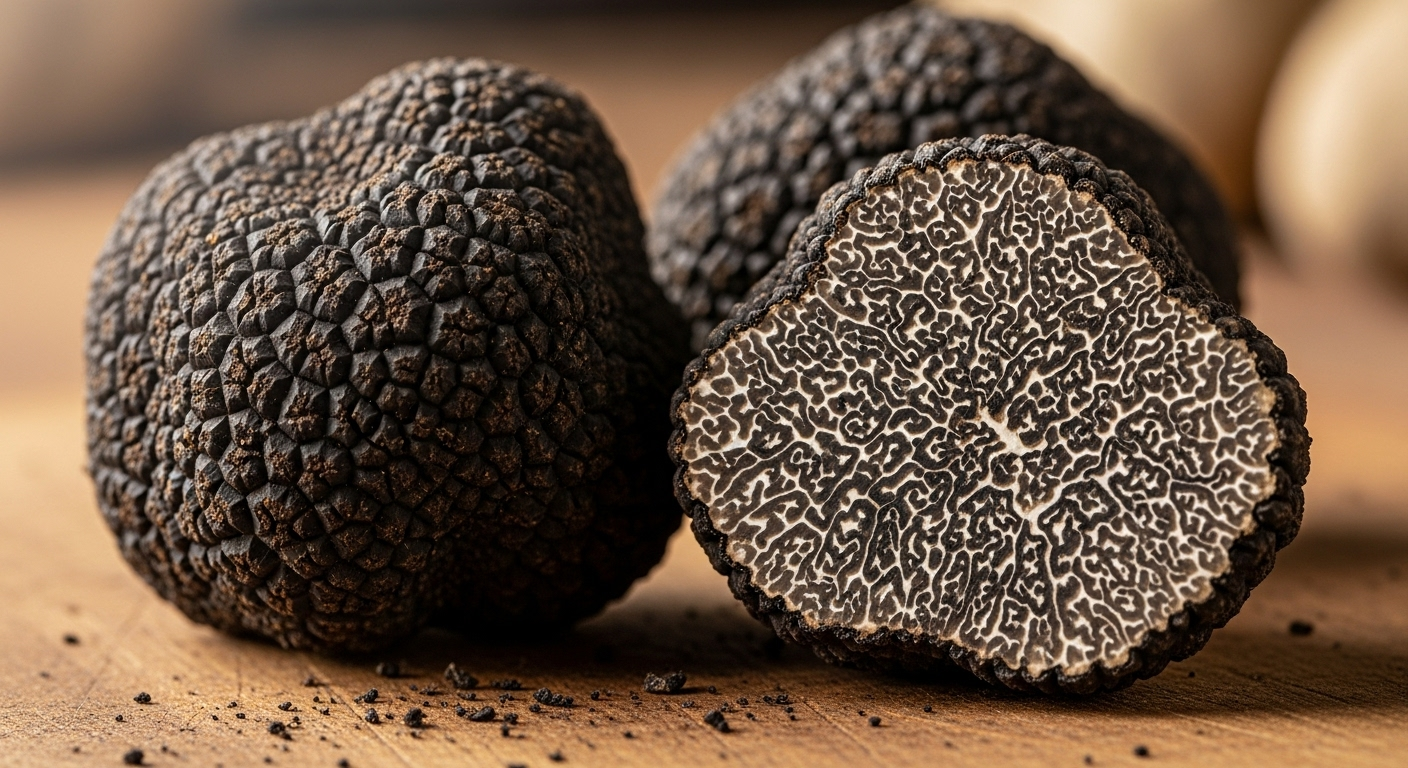
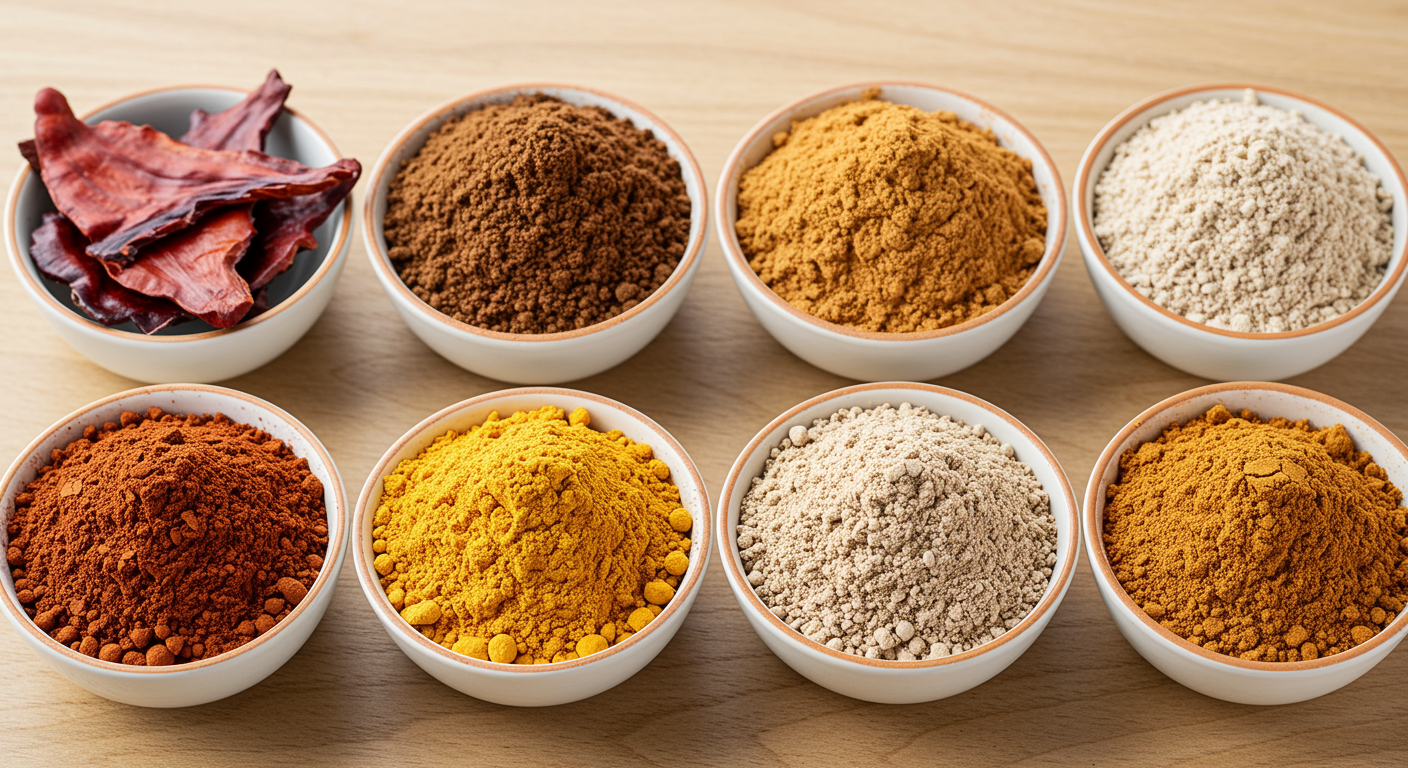

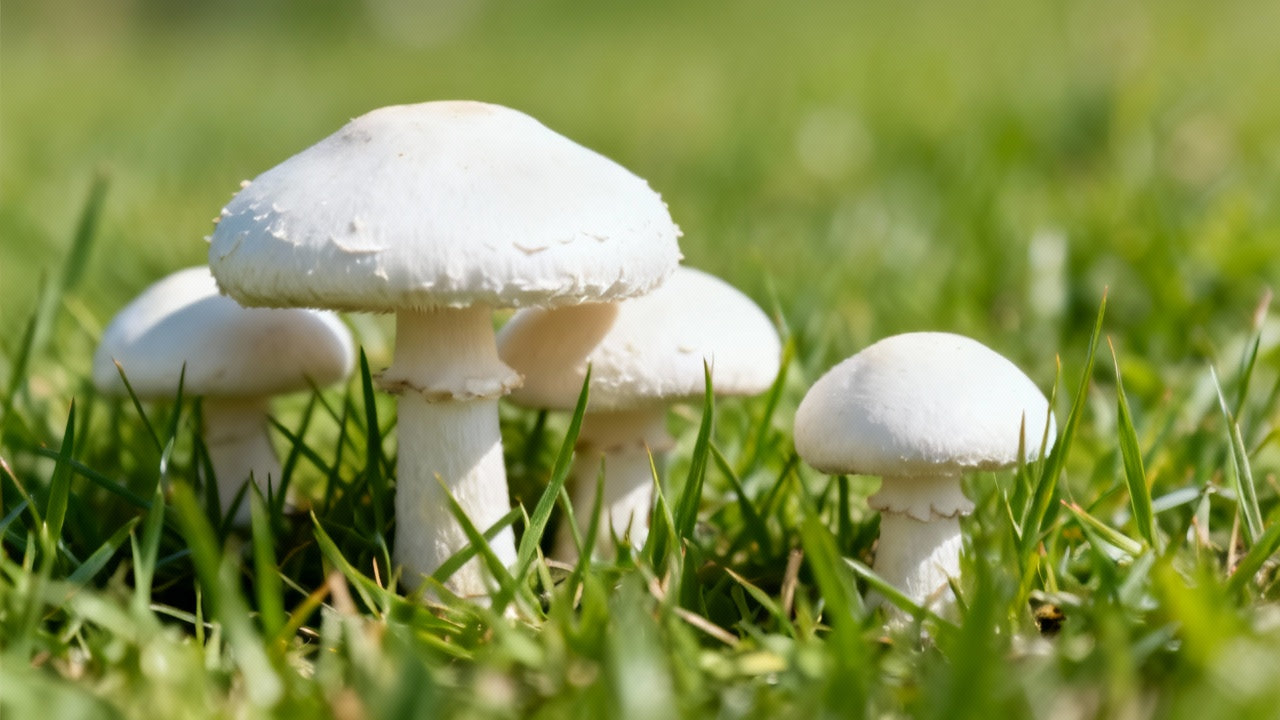
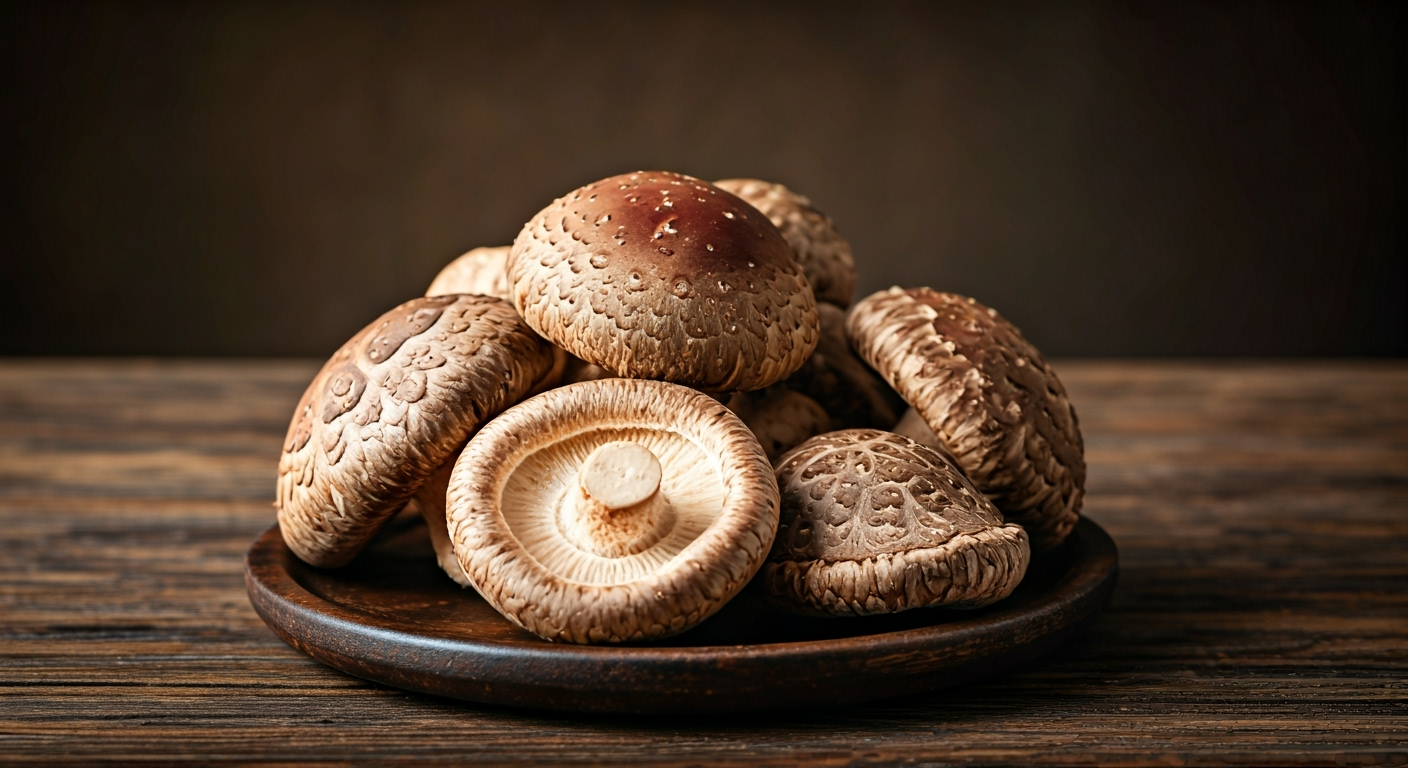




Share:
Can You Eat Shiitake Mushrooms Raw? Let's Find Out
Shiitake Mushroom Substitute: The Ultimate Guide to Flavorful Alternatives